Poodle Size
From their elegant appearance to their intelligent nature, poodles are a beloved breed worldwide. They come in three distinct sizes, each with its own unique characteristics and needs. This guide will help you become better informed on everything you need to know about poodle sizes, ranging from their history, breed attributes, and common health issues to their grooming, training, and exercise requirements.
Introduction to Poodles
Poodles are a highly intelligent and versatile breed, with a rich history dating back to at least the 15th century. Originating in Germany, poodles were initially bred for water retrieval and hunting, thanks to their unique coat that provides protection from the elements. Their name “poodle” comes from the German word “pudel,” which means “to splash in water.” Over time, poodles have become a popular and beloved companion dog worldwide, appreciated for their intelligence, beauty, and unique personality.
One of the most distinguishing features of poodles is their coat, which is curly and dense. This fur allows the breed to be highly adaptable to various climates and weather conditions. Poodles come in many different colors, such as black, white, apricot, and silver. Their unique coat also makes them a hypoallergenic breed, which is ideal for people with allergies. Poodles require regular grooming to maintain their fur in good condition, which includes brushing, trimming, and some occasional bathing.
As for their temperament, poodles are considered one of the most intelligent dog breeds globally. They are highly trainable and enjoy participating in various activities such as agility, obedience, and even canine sports. Poodles often excel in these activities due to their quick learning ability, making them a cherished addition to any family. This breed is also known for its affability and loyalty, making them a highly social dog that enjoys being around their humans.
Perhaps one of the most defining characteristics of poodles is the variation in size among the breed. There are three main recognized sizes for poodles: the Standard Poodle, Miniature Poodle, and Toy Poodle. The Standard Poodle is the largest of the three, typically standing between 18 and 24 inches tall and weighing anywhere from 40 to 70 pounds. The Miniature Poodle stands around 11 to 15 inches tall and usually weighs between 15 to 17 pounds. Lastly, the Toy Poodle is the smallest variation, standing at 10 inches or under and weighing anywhere from 4 to 9 pounds. All three variations share similar characteristics and temperament; however, their size makes them more suitable for different types of homes and lifestyles.
Poodles are known for their intelligence, adaptability, and loving nature, making them fantastic companions for families, individuals, and even seniors. Regardless of their size, all poodles require daily exercise, mental stimulation, and socialization to keep them healthy and happy, with life expectancy typically ranging from 12 to 15 years. As a potential poodle owner, it’s essential to consider the size that best suits your family and living situation, as the breed offers various size options.
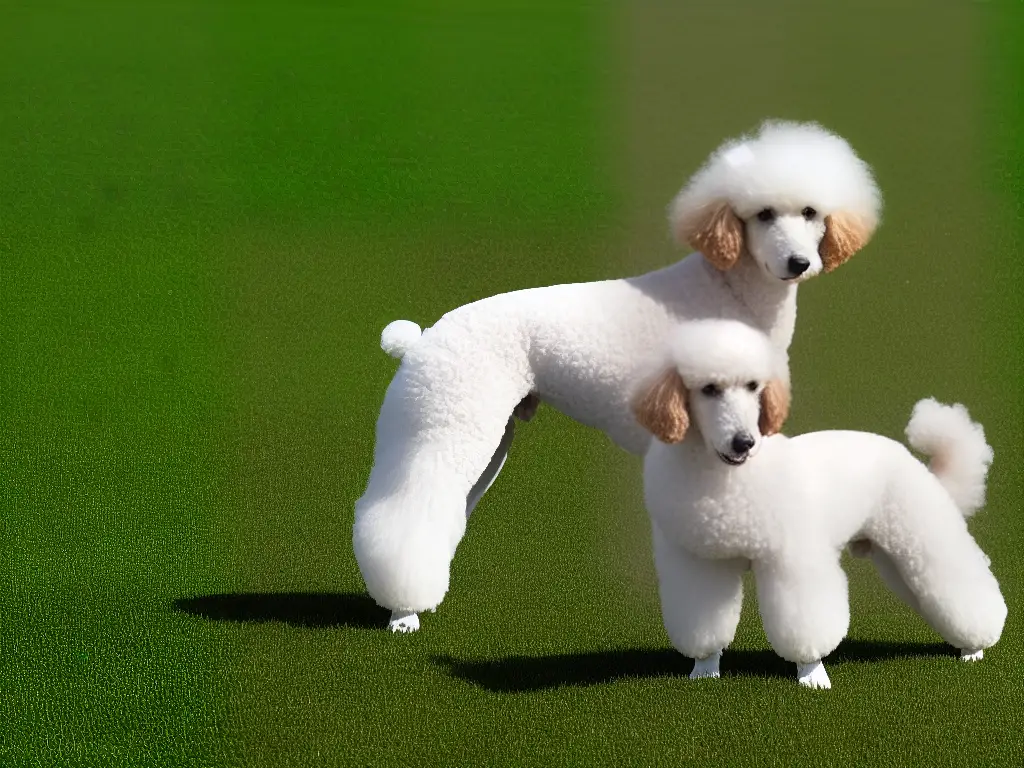
Standard Poodles
In the poodle breed, there are three size classifications: Standard, Miniature, and Toy Poodles. The Standard Poodle is the largest, known for its elegance, intelligence, and athletic abilities, often excelling in obedience and agility competitions. On average, Standard Poodles reach a height of 15 inches or more at the shoulder, with males usually standing between 18-24 inches and females between 17-22 inches. The weight varies between genders, with male Standard Poodles weighing 60-70 pounds and females ranging from 40-50 pounds. To ensure your poodle’s long and happy life, carefully consider which size best suits your household and lifestyle.
One of the reasons the Standard Poodle is so popular is because of its hypoallergenic coat, which consists of tightly curled, non-shedding hair. This trait makes them an ideal choice for people who suffer from allergies. However, their coats do require regular grooming to prevent matting and maintain a visually appealing appearance. The texture of a Standard Poodle’s coat can either be soft and wavy or coarse and curly. They are available in a wide variety of colors, including but not limited to black, white, silver, and apricot.
Despite being generally healthy dogs, Standard Poodles are prone to certain health issues. One of the most common ailments affecting this breed is hip dysplasia, a genetic condition resulting from an improperly formed hip joint. This can lead to arthritis and mobility issues as the dog ages. Early prevention measures, such as maintaining a healthy weight and providing proper exercise, can help reduce the risk of this condition. Another health concern that may affect Standard Poodles is progressive retinal atrophy (PRA), a degenerative eye disorder that can eventually lead to blindness. It is important to have regular checkups with a veterinarian and participate in any necessary genetic testing to identify and manage these health issues.
Like other poodle breeds, Standard Poodles require regular exercise to maintain their health and happiness. They enjoy activities such as walking, running, and swimming. The breed’s intelligence and eagerness to please make them highly trainable and adaptable to a variety of roles. In addition to their excellence in traditional dog sports, Standard Poodles have also been employed as hunting dogs, service dogs, and even show performers. Their versatility and aptitude for learning make them suitable for both experienced and novice dog owners.
Learning about poodle sizes is essential for prospective owners, as these unique dogs come in a variety of sizes, with each requiring different levels of care and space. The Standard Poodle, for instance, is a larger breed known for its strength, agility, and versatility. However, this size requires potential owners to consider the space and exercise requirements to ensure their health and happiness. With proper care, attention, and training, Standard Poodles can make loving and loyal additions to any family, as their intelligence, affability, and athleticism makes them truly remarkable.
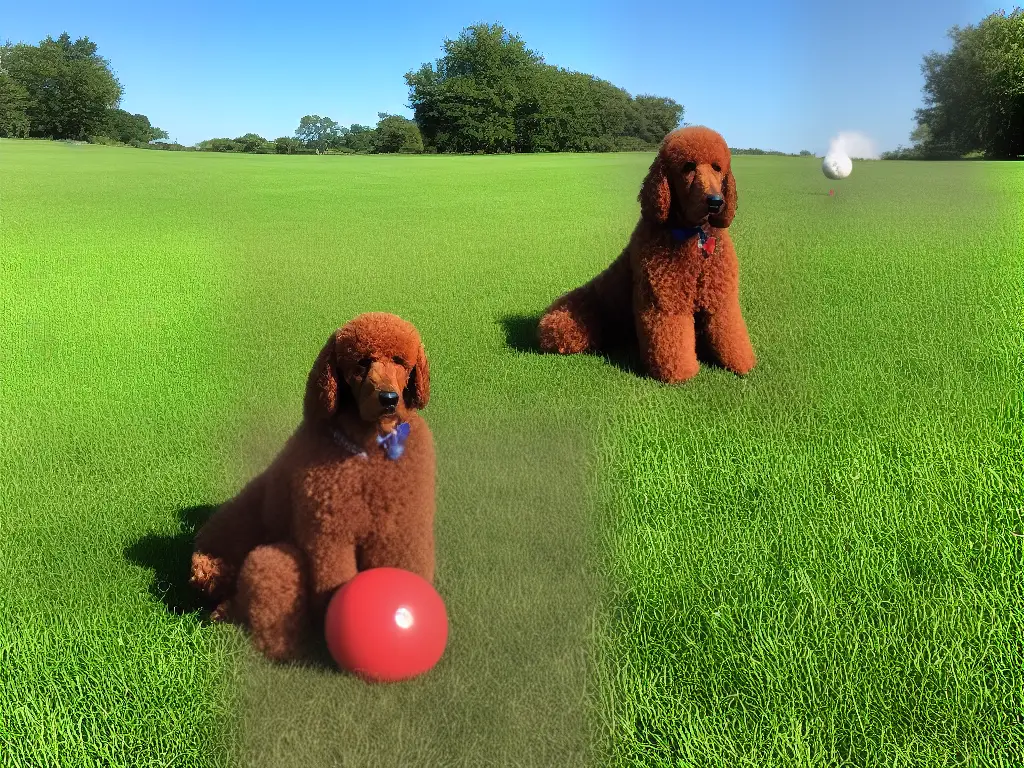
Miniature Poodles
Moving on, the Miniature Poodle presents a more medium-sized option, fitting snugly between the larger Standard Poodle and the smaller Toy Poodle. This size makes them ideal for apartment living, as they offer friendly and sociable personalities that adapt well to smaller spaces. Despite their size, Miniature Poodles are known to excel in various canine-related activities, proving that they too have a remarkable blend of qualities that make them beloved companions. Understanding the differences in size and needs can help prospective owners make the best choice for their lifestyle and home.
The Miniature Poodle stands between 11 and 15 inches at the shoulder and weighs 15 to 17 pounds. They share physical characteristics with their larger counterpart, the Standard Poodle, such as a lean, muscular build and a distinctive curly coat.
Miniature Poodles are intelligent and highly trainable, and their gentle nature makes them well-suited to therapy dog work. They are patient and gentle with children but require gentle handling and respect in return.
Progressive retinal atrophy is a common health concern for Miniature Poodles, and hip dysplasia can also be a problem. To minimize these issues, it is essential to select reputable breeders who follow specific health-related protocols and test their breeding stock for genetic problems.
Grooming is essential for Miniature Poodles, and regular maintenance is necessary to prevent matting and keep the dog clean. Regular grooming appointments and at-home brushing sessions help keep their coat soft and tangle-free. They are also hypoallergenic and do well with individuals with allergies.
Proper socialization and mental stimulation are crucial for various sizes of Poodles to ensure their well-being. They enjoy participating in family activities, playing with other pets, and interacting with people. Adequate daily exercise, such as walks, play sessions, or dog sports, will help keep them in top shape mentally and physically.
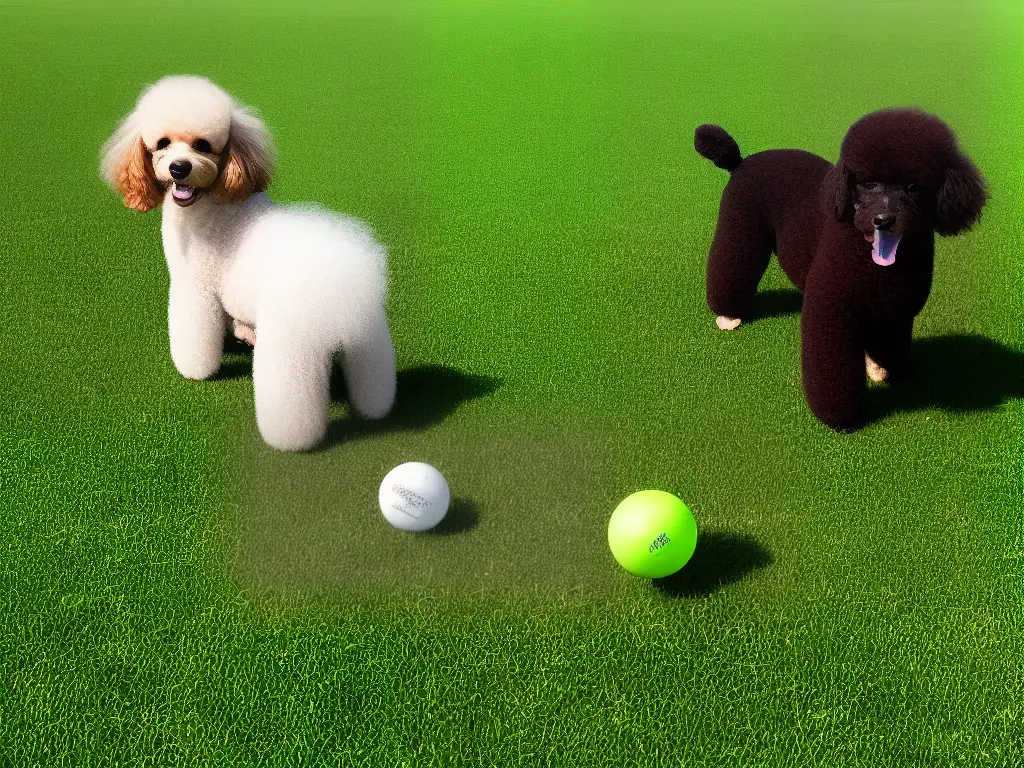
Toy Poodles
The Toy Poodle, for example, is the smallest of the three Poodle breeds, the others being the Standard Poodle and Miniature Poodle. The Toy Poodle typically measures between 10 to 11 inches at the shoulder and weighs between 4 to 6 pounds when fully grown. Their diminutive size makes them very popular among individuals living in apartments or other small spaces, as they can comfortably adapt to such environments, while still enjoying the companionship and stimulation that Poodles require.
In addition to their small size, Toy Poodles are known for their intelligence and athleticism. They are considered to be exceptionally easy to train and can quickly learn new tricks and commands. Due to their high intelligence, they are great at problem-solving. They may become bored with repetitive tasks, so it is essential to keep their training varied and interesting. Toy Poodles are also very social dogs, craving attention from their human companions and enjoying spending time with their families.
Despite their small stature, Toy Poodles still require daily exercise to keep them mentally and physically stimulated. They love to go on walks, play with toys, and participate in dog sports such as agility, obedience, and tracking. Engaging their minds and bodies through various activities can help prevent behavioral issues like hyperactivity or excessive barking, which are sometimes associated with the breed.
In terms of health, Toy Poodles are generally a healthy breed, but like any dog, they can be susceptible to some specific health problems. Some common issues among Toy Poodles include patellar luxation, a condition where the kneecap dislocates, as well as eye conditions such as progressive retinal atrophy (PRA). It is essential to choose a reputable breeder who screens their dogs for hereditary health issues to minimize the risk of these conditions.
Interestingly, many individuals seek out Toy Poodles due to their hypoallergenic qualities. Although no dog is truly hypoallergenic, the Poodle’s curly coat produces fewer allergens than other breeds, making them a better fit for those with allergies. To maintain their coat, Poodles, particularly the Toy size, require regular grooming to prevent matting and keep them looking their best. It is important to keep up with grooming, dental care, and routine vet check-ups to ensure the health and longevity of your Toy Poodle.
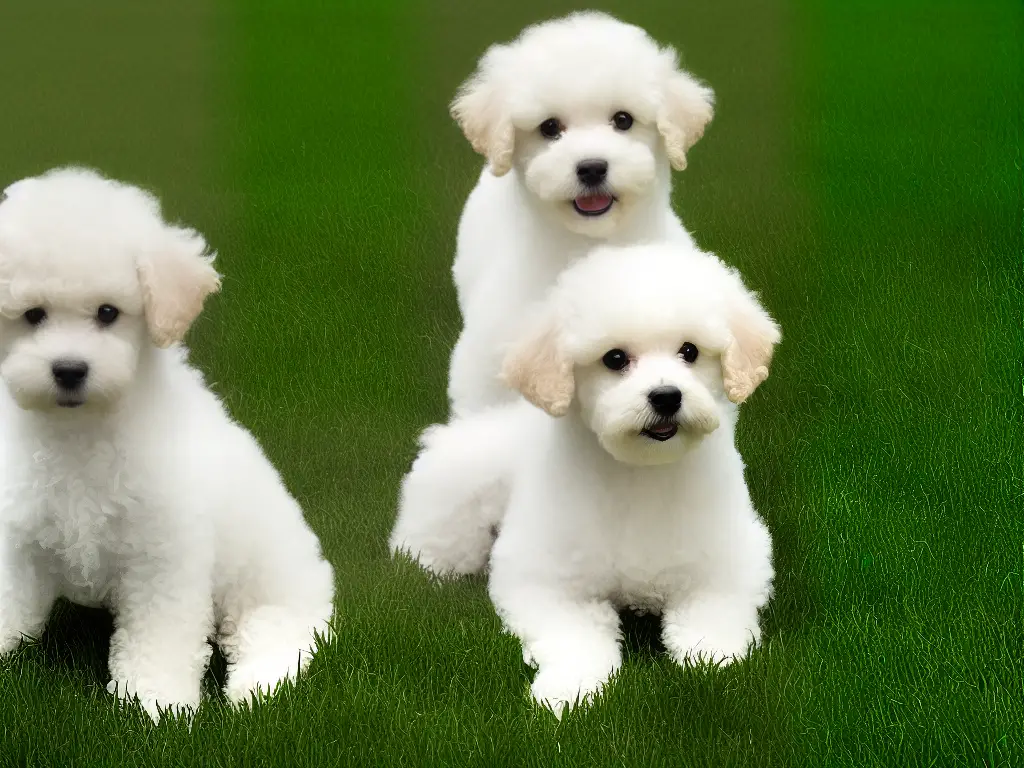
Poodle Grooming
Grooming is essential for maintaining the health, cleanliness, and overall happiness of Poodles, an intelligent and active breed. They come in a variety of sizes – including toy, miniature, and standard – so it’s important to understand the specific grooming needs and recommended practices for each size. Regular grooming will help prevent matting and tangles while keeping your Poodle, regardless of the size, looking great. By ensuring proper care and attention, you’ll be able to enjoy a happy and healthy life with your canine companion.
One of the most distinct features of poodles is their curly, dense hair which continues to grow, therefore requiring regular grooming. The frequency of grooming needs may vary depending on the size of the poodle; however, a general rule of thumb is that grooming should take place every four to six weeks. This allows the coat to remain free of mats and tangles and keeps the poodle looking its best. Toy and miniature poodles may need more frequent grooming due to their smaller size, while standard poodles can sometimes go a bit longer between grooming sessions.
There are several types of haircuts that can be given to poodles, but the most popular are the puppy cut, the lamb cut, and the show cut (also called the Continental or the English Saddle cut). The puppy cut is a simple trim that leaves the hair an even length all over the body – this style is low-maintenance and suitable for all poodle sizes. The lamb cut is similar to the puppy cut, but the body hair is kept shorter than the hair on the legs, giving the appearance of a lamb. The show cut is the most intricate and time-consuming style, where the hair is shaved on the muzzle, hindquarters, and legs, leaving pom-poms around the ankles and a large puff of hair on the tail.
Various tools are necessary to properly groom a poodle, regardless of size. A slicker brush is great for removing tangles and preventing matting in the thick, curly poodle coat. A metal comb will also be helpful in combing through the hair and eliminating any stubborn tangles. Grooming scissors or clippers can be used for trimming the hair; however, electric clippers will generally provide a more even and clean cut. Nail clippers designed specifically for dogs will be required to trim the poodle’s nails, and a toothbrush and toothpaste meant for dogs will be necessary for oral care.
Apart from haircuts, other grooming practices are essential for poodles of all sizes. It’s crucial to clean and check the ears regularly, as their shape and hair growth can lead to a buildup of wax and debris that can cause infections. The eyes should also be checked and cleaned to prevent tear staining or irritation. Additionally, routine dental care is a must for poodles, as with any dog breed, to maintain good oral health and prevent more severe dental issues down the line. Overall, proper grooming will ensure a happy, healthy, and well-maintained poodle, no matter the size.
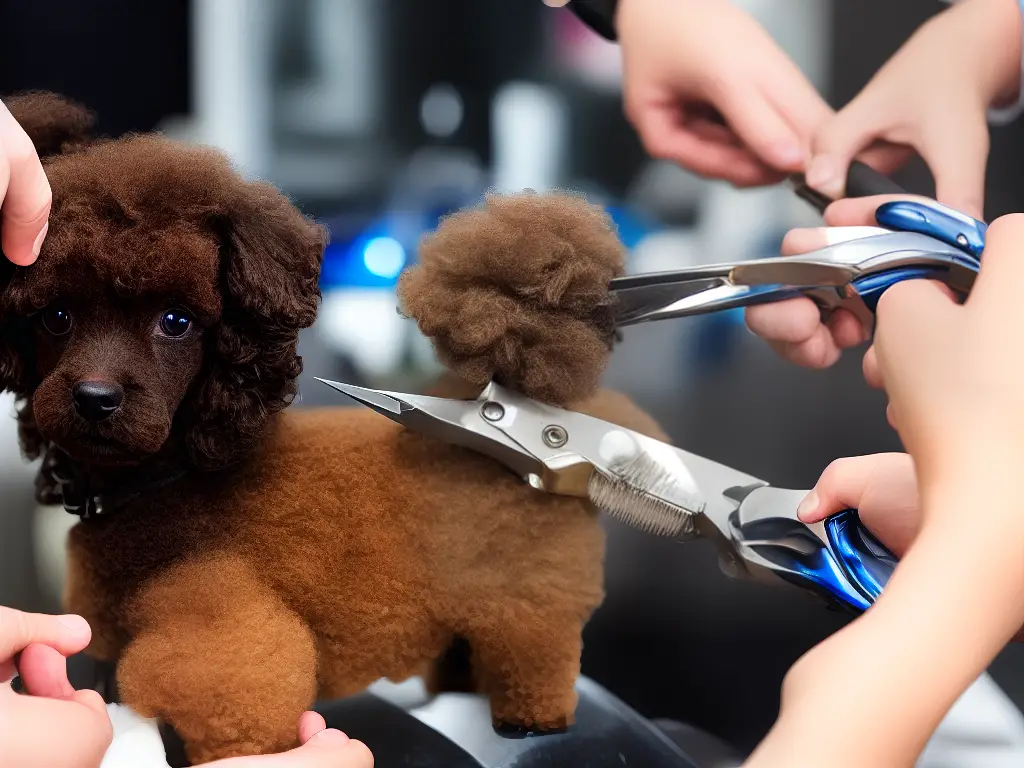
Poodle Training and Exercise
Furthermore, poodle training is essential for all sizes of poodles, as they are all intelligent and energetic dogs that require mental and physical stimulation to stay healthy and happy. Standard, miniature, and toy poodles all benefit from basic obedience training and socialization from an early age. Poodles are known for their agility, which can be developed through training, whether it be for obedience, agility competitions, or simply fun activities at home. While poodle sizes may differ, their need for training remains consistent, and it is important to provide them with appropriate challenges and opportunities to learn. Ensuring a well-trained and groomed poodle will lead to a happier and more enjoyable experience for both the poodle and their owner.
Exercise is vital for poodles of all sizes, as they are naturally athletic and energetic dogs. Standard poodles, due to their larger size, require more exercise than miniature and toy poodles, but all poodles benefit from regular outdoor activities, such as walking, running, or playing in a fenced yard. In addition to physical exercise, poodles also need mental stimulation, which can be provided through puzzle toys, training exercises, and other interactive games. Meeting the exercise needs of your poodle by taking into account their size is crucial for maintaining their overall health and well-being.
Poodle training should be tailored to the specific needs and abilities of the individual dog, taking into consideration their size and temperament. For instance, larger standard poodles may need more endurance-based exercises, while smaller toy and miniature poodles may benefit from shorter, more frequent training sessions. Regardless of their size, all poodles should be consistently trained on basic commands, such as sit, stay, and come, which will help to establish a strong bond between you and your pet while also ensuring their safety and wellbeing.
To provide adequate mental stimulation for your poodle, consider incorporating different types of activities and training techniques into your routine. This could include teachng tricks, working on scent detection exercises, or practicing agility skills. Remember to keep training sessions exciting and engaging for your poodle by frequently introducing new challenges appropriate for their size and skill level. This will also help to prevent boredom and keep their minds sharp.
Socialization is a crucial aspect of poodle training, with particular consideration given to the dog’s size. All poodles should be exposed to various environments, people, and other animals, but it is especially important for larger poodles to be well-socialized to prevent potentially harmful behaviors due to their greater strength and size. Regular outings to dog parks, pet-friendly establishments, and obedience classes provide valuable socialization opportunities for poodles, helping them become well-rounded and well-behaved dogs, regardless of size.
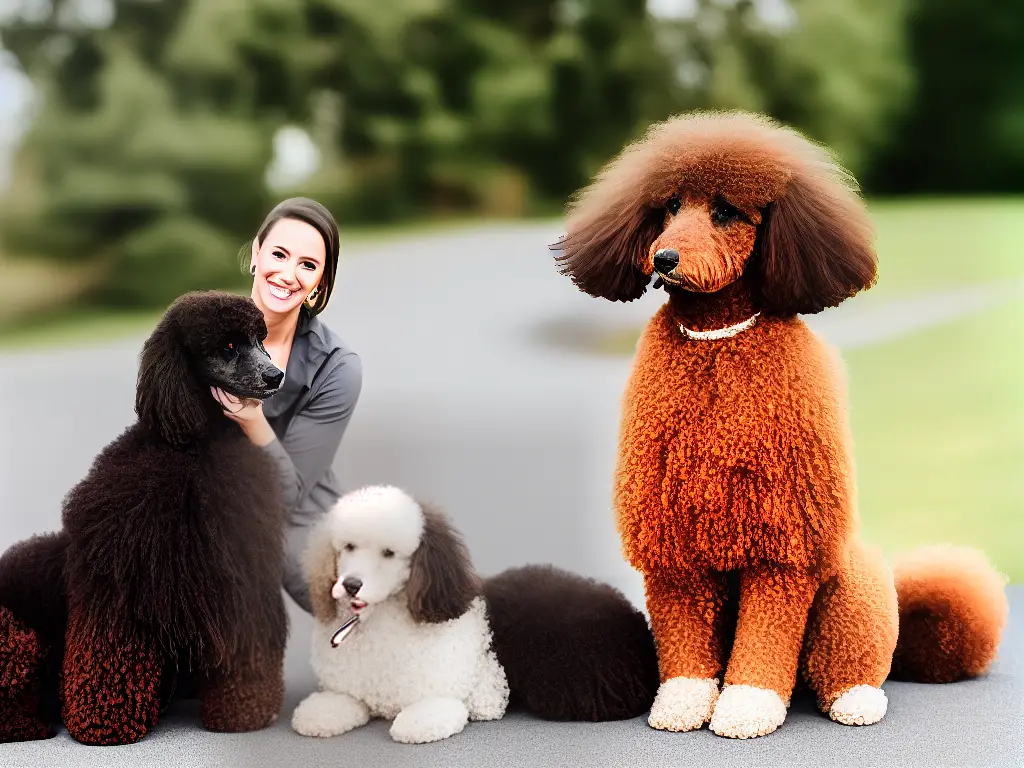
Poodle Health
Alongside socialization, health is another significant topic for potential and current poodle owners. The breed is known for being prone to certain health issues, so taking measures to monitor and maintain poodle health is essential. Combining adequate socialization with proper health care ensures a happy and well-balanced life for poodles of any size.
One common concern for poodles, regardless of their size, is hip dysplasia, a condition in which the hip joint becomes unstable or malformed. Hip dysplasia can lead to arthritis, discomfort, and mobility issues in affected dogs. However, the risk of hip dysplasia may vary based on the size of the poodle, with larger standard poodles being more prone to this condition than their smaller counterparts.
Another health issue faced by poodles is progressive retinal atrophy (PRA), an eye disease that can lead to blindness. PRA occurs in all three poodle size varieties, but it is particularly common in miniature and toy poodles. Small poodles may also suffer from patellar luxation, which occurs when the kneecap slips out of its groove, causing lameness and discomfort. This health issue is less prevalent in standard poodles, as their larger, more robust bone structure provides more stability to the joints.
Addison’s disease, a hormonal imbalance, can affect poodles of all sizes. This condition, also known as hypoadrenocorticism, occurs when the adrenal glands fail to produce sufficient amounts of cortisol. Symptoms of Addison’s disease in poodles may include vomiting, lethargy, and increased thirst or urination. Early diagnosis and proper treatment, usually involving lifelong hormone replacement therapy, are crucial for managing this disease.
In addition to these genetic health issues, poodles may also face size-related health concerns. For example, larger standard poodles are more susceptible to bloat, a life-threatening condition where the stomach fills with gas and twists on itself. Rapid intervention is crucial in cases of bloat, as the restricted blood flow can lead to tissue death and other complications. Meanwhile, smaller toy and miniature poodles are more likely to experience dental issues, as their smaller jaw size may lead to overcrowding of teeth, making them more susceptible to gum disease and tooth decay.
Understanding the various factors that can influence poodle health is essential in promoting the overall wellbeing of the breed. Poodle owners must be vigilant in observing their pets for signs of illness and maintaining regular veterinary check-ups. This is particularly important because some health issues may manifest differently depending on the size of the poodle. By staying informed about these potential health concerns and taking appropriate preventative measures, poodle owners can help ensure their furry friends lead happy, healthy lives.
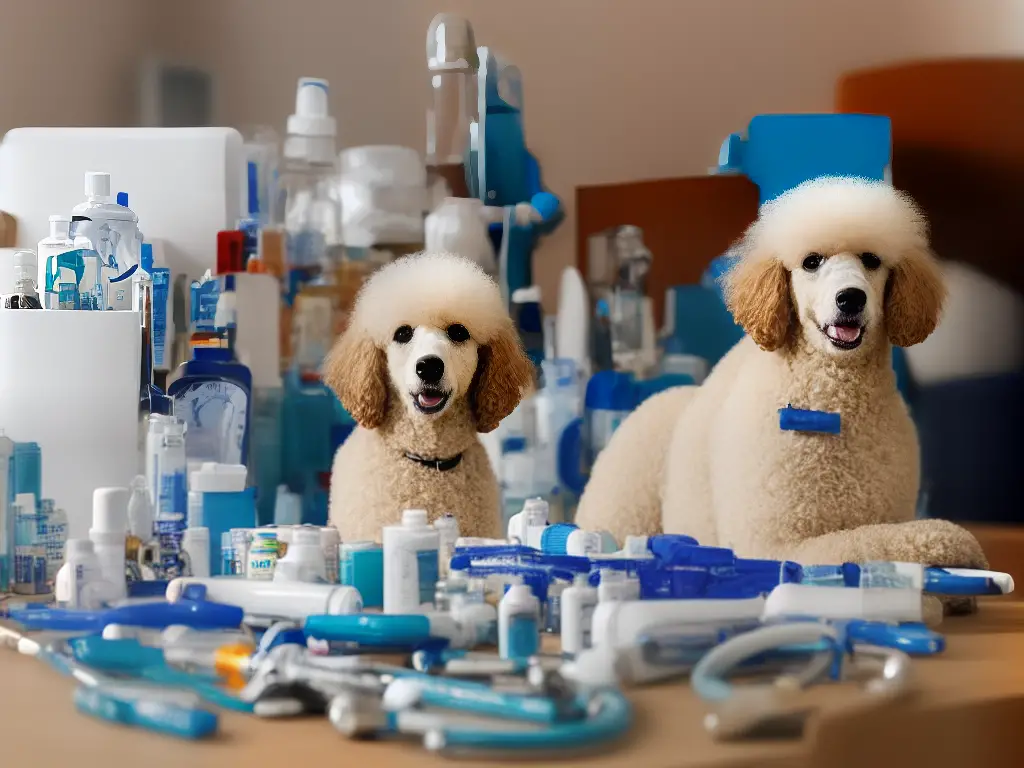
By now, you should have a comprehensive understanding of the wide array of poodle sizes, the characteristics of each size, and the importance of proper grooming, training, and exercise. Becoming informed on these matters will not only help you make the best decision when choosing a poodle as a pet, but also ensure that your poodle is well cared for, healthy, and happy throughout their life.
